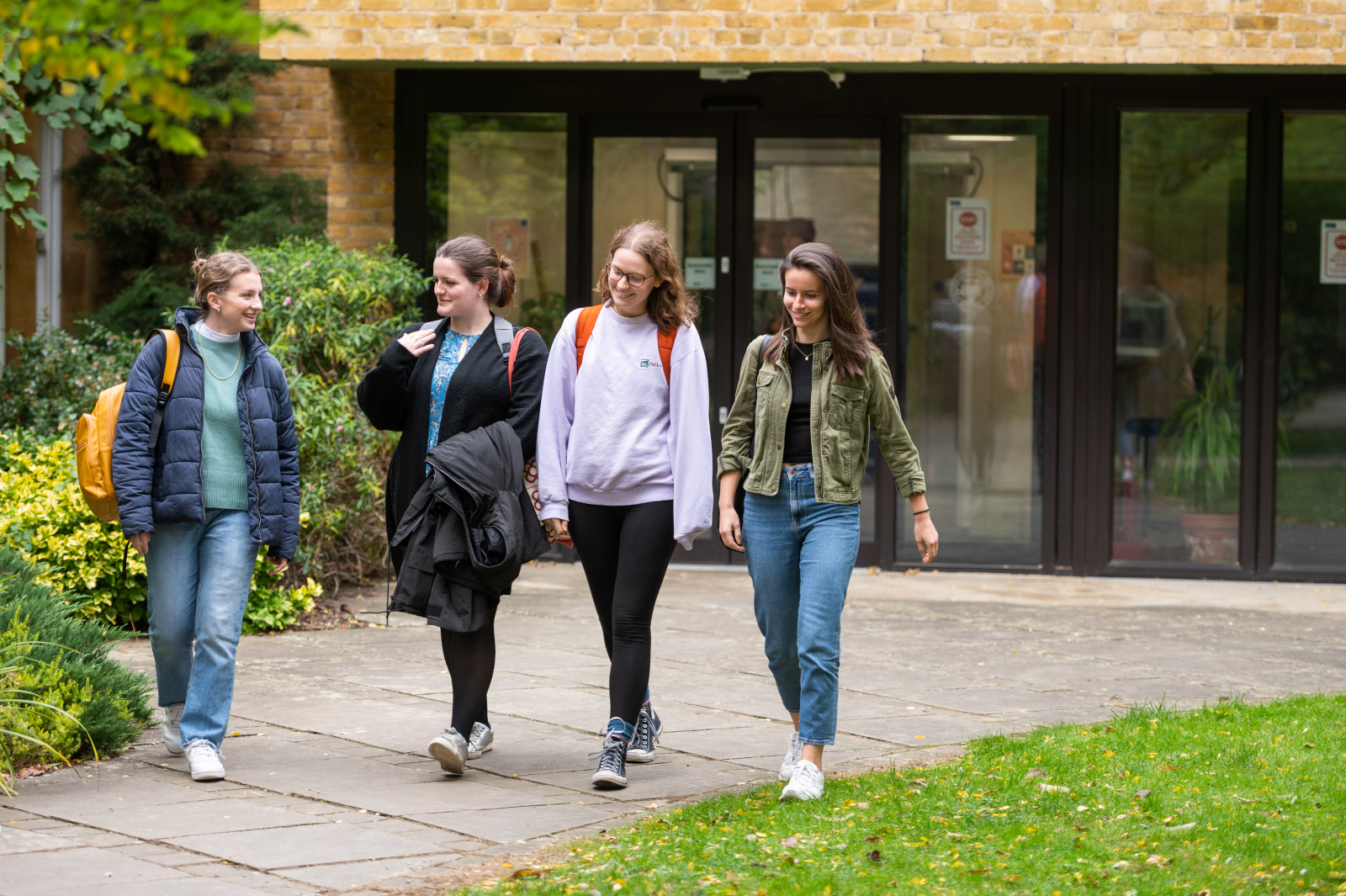Language and literacy development in children learning English as an additional language in primary school.
Export to calendarBio
Applied Linguistics Lunchtime Seminar Series
Children learning English as an additional language (EAL) are a growing but understudied population of learners. Little is known about the English language and literacy developmental trajectories of EAL learners in England, and particularly, the extent to which the two groups of learners converge or diverge over time. Additionally, no studies to date have assessed the efficacy of explicit, targeted vocabulary instruction for EAL learners in the run up to the end of primary school.
At three time points over a period of 18 months, 48 EAL and 33 non-EAL pupils in Year 4 (age 8-9) were assessed on a battery of language and literacy measures. All EAL learners had received English-medium education since at least Year 1 (age 5-6). Relative to their non-EAL peers, EAL learners showed strengths in rapid naming, single-word reading efficiency, and spelling, but weaknesses in vocabulary knowledge, expressive syntax, and passage reading accuracy. Where they exhibited weaknesses, EAL learners generally did not make sufficient progress in order to close gaps with their non-EAL peers.
A subgroup of nine EAL learners with English vocabulary weaknesses also participated in a short-term vocabulary intervention. Working one-to-one with speech and language therapy students, children showed significant gains in receptive and productive knowledge of Tier-2 target vocabulary, which were maintained six months later. Together, results indicate that regular classroom instruction may be insufficient for EAL learners to close gaps with their non-EAL peers in certain domains of oral language, but that explicit vocabulary instruction may be an effective means of achieving this end.





